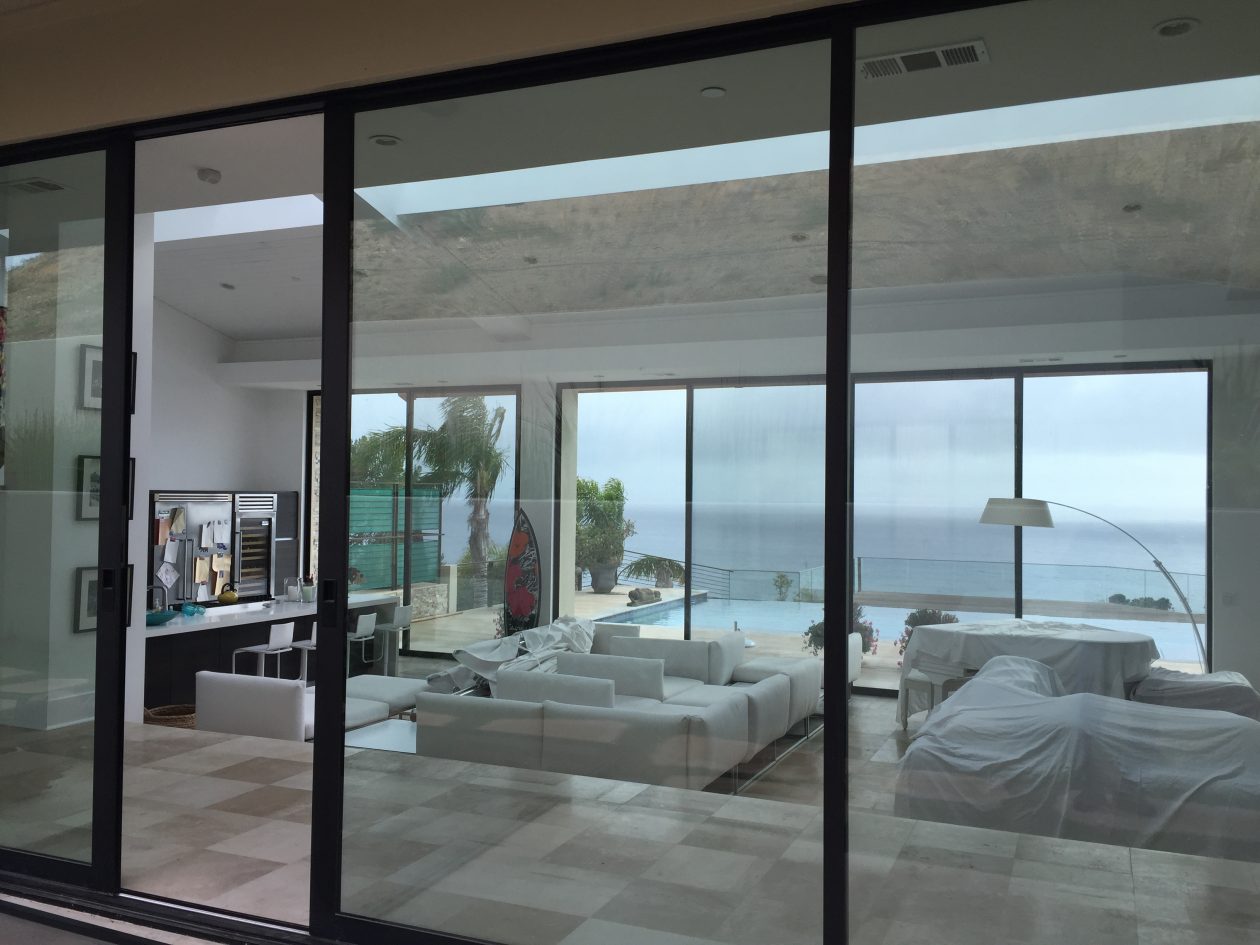
Rescreening Window Frames
If insects are invading your home, it could be that your window screens are in need of repair. If the screen frame, usually made of wood or metal, is in good shape there is no need for replacement of the entire frame, simply rescreen the frame.
When rescreening, instead of using ordinary metal or vinyl material, consider a dense vinyl mesh. This material will not only keep out bugs but will also prevent a significant amount of heat from the sun from entering your home.
An average-size screen will take only about 15 minutes for a do-it-yourselfer, with a cost under $5.
For a screen with an aluminum frame, you’ll need a pair of needle-nose pliers, a razor knife with a sharp blade and a spline installation tool or spline roller, which looks like a pizza cutter.
In most aluminum-framed screens, the screen material is held in place by a vinyl bead called spline which is inserted into a channel that runs the entire perimeter of the frame. You need to remove the spline in order to remove the old screen material and install the new screen material. Use the needle-nose pliers to grasp one end of the spline, usually found at a corner, and peel it back until reaching the other end. The spline generally is installed in one piece, but due to aging may have to be removed in pieces. Once the spline has been removed, simply peel back the old screen and dispose of it and the spline.
To install the new screen, cut a piece of vinyl screen material approximately two or three inches longer than the frame in both directions. Next lay the screen over the frame and, starting at a corner, insert one end of the new spline into the channel. Once the spline has been started with a steady downward pressure use the spline roller to pack the remaining spline in one continuous piece around the entire perimeter of the frame.
When you reach the corner where you began, use a razor knife to carefully trim any excess spline. Again, with the razor knife, trim the excess screen material at the joint where the spline meets the aluminum frame.
The process for wood is much the same, with a few exceptions. First, while some wood frames have channels like aluminum ones, others do not. Those with channels are handled much like their aluminum counterparts, generally with the addition of a small piece of wood trim to conceal the channel.
Wood frames with no channel rely on staples rather than spline for strength. Once the screen material is stapled into place at the perimeter, the staples should be concealed with a small piece of wood trim. After installing the trim with small finish nails, use a razor knife to trim the excess.
www.CompleteScreens.com
Mobile Service in the following areas: Agoura Hills, Bel Air, Bell Canyon, Beverly Glen, Brentwood, Calabasas, Canoga Park, Chatsworth, Encino, Granada Hills, Hidden Hills, Malibu, Mission Hills, North Hills, Northridge, Oak Park, Porter Ranch, Reseda, Sherman Oaks, Simi Valley, Studio City, Tarzana, Thousand Oaks, Topanga, Van Nuys, West Hills, Westlake Village, West San Fernando Valley, Winnetka, Woodland Hills, Wood Ranch.
